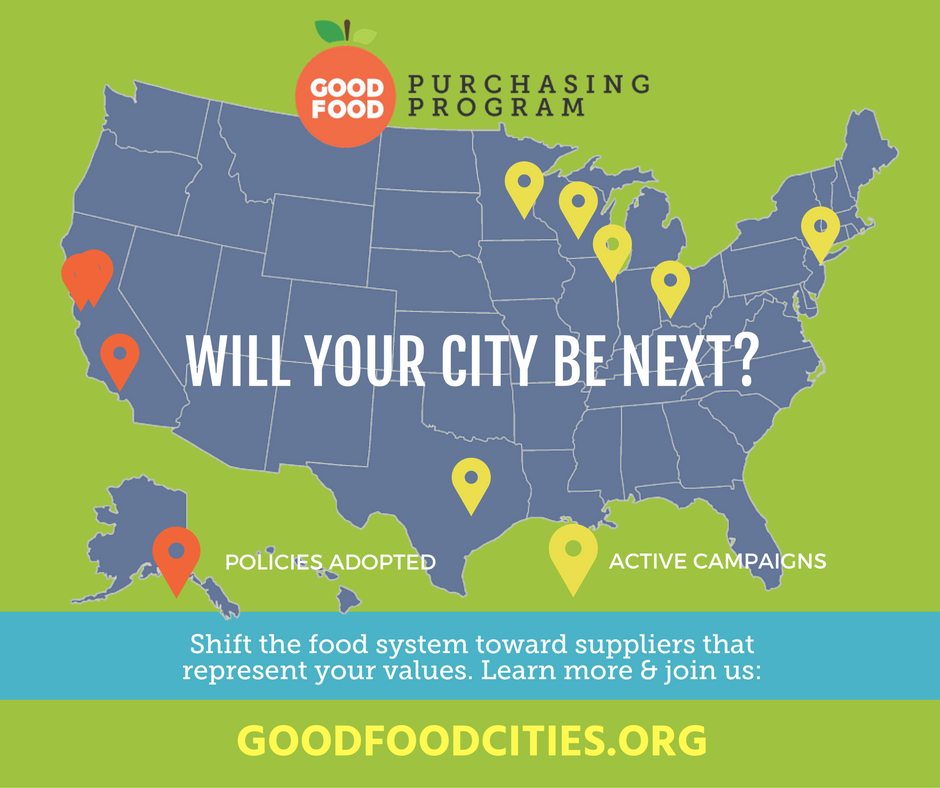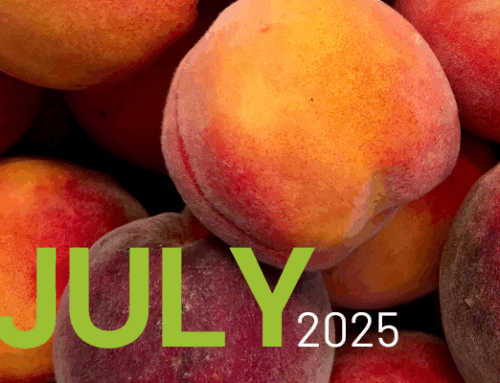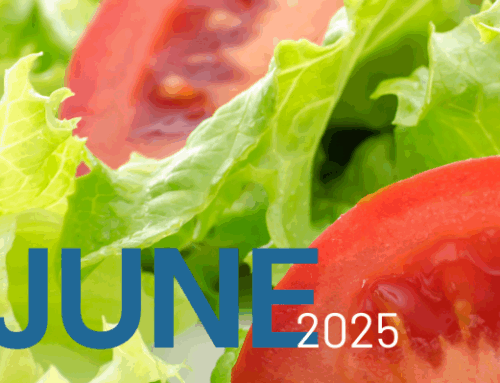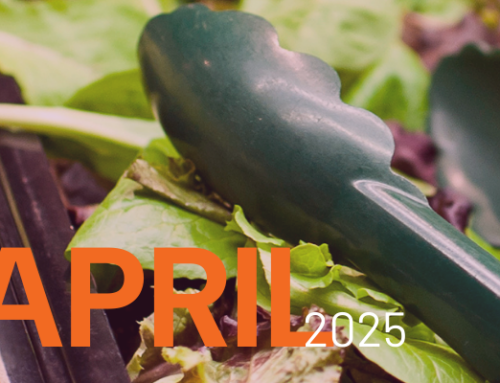I recently teamed up with my good friend Mark Bittman—all-around food expert extraordinaire—to cook a delicious stew of beans and greens and chat about healthy eating in the United States.
It isn’t like we don’t have abundant scientific information about healthy eating. Every five years, the official Dietary Guidelines for Americans update and detail our government’s nutrition recommendations. Though there is ample critique to be made regarding how politicized that erstwhile scientific process has become, the more meaningful discrepancy is how short the reality of our eating habits falls in relation to these relatively straightforward recommendations. With mounting epidemics of diet-related chronic diseases plaguing our communities, the impact of rectifying this dietary disparity is difficult to overstate. In fact, if we were to eat according to these guidelines, we’d save 100,000 lives annually, and $17 billion in healthcare costs, from reduced heart disease alone—the number one killer of Americans.
What is most troubling about this isn’t that as a nation we don’t come close to following the best nutritional guidelines, but that it would be difficult for all Americans to follow those guidelines even if they wanted to. Our food “choices” are shaped by what the food system has on offer, and what this industry offers—with our government’s support—is not what is best for the public, but what is most profitable. The fact that public interest and private sector profitability don’t align indicates that in the food system there is clear market breakdown. And it doesn’t have to be that way.
What we lack in this country is not the knowledge of how to eat food that nourishes our bodies and safeguards the planet, but a set of policies that make that feasible. Currently, we have a collection of disparate policies governing different facets of our food system, resulting in a fragmented web of regulations and programs that undermines the public’s interests. Fixing this will require a coordinated plan that aligns policies and priorities across the many agencies interacting with our food system, to create a coherent strategy that serves our nation’s well-being.
To do this, we must remember that our nation’s well-being is predicated on more than just our health as eaters. It’s no coincidence that the food that is healthiest for us to consume can be produced in ways that nourish our soils, protect our water and air, and are kinder to workers and animals. The knowledge to implement this alignment across our food system already exists – missing is an overarching policy framework to support it. Admittedly, this is no small task, but it is an increasingly necessary one.
In the next four years, the feasibility of advancing this vision at the federal level is at best, uncertain—perhaps unlikely. Yet despite, and because of this, the next four years hold great promise for furthering an agenda of coordinated food policies at the local level. Our cities and communities have long been incubators of innovation, leveraging their more nimble governance structures to experiment and innovate. In fact, it is often from these local experiences and successes that the federal government draws inspiration, taking good ideas with demonstrated feasibility to scale.
In the last few years, the area of food procurement has proven to be particularly ripe for this type of experimentation. In 2012, the City of Los Angeles and the Los Angeles Unified School Districtadopted a Good Food Purchasing Policy, agreeing to align their institutional food purchasing power around five core values: strengthening local economies, valuing labor, improving animal welfare, environmental sustainability, and nutrition. Together, these institutions serve 750,000 meals every day; by shifting the force of the procurement dollars behind those meals, Los Angeles has been able to make concrete investments in a healthier, fairer, and more sustainable local food system.
Building on this success, the Center for Good Food Purchasing was established to take this model to scale and harness the billions of food procurement dollars spent by public institutions around the country. Interest in the Good Food Purchasing Program (GFPP) model has spread like wildfire, sparking similar efforts in Oakland, San Francisco, Austin, Chicago, the Twin Cities, Madison, Denver, New York, and Cincinnati. The scale of this expansion is nothing short of inspiring: the collective nationwide reach of GFPP initiatives is expected to pass over 2 million meals every day in the near future.
The benefits of such values-based purchasing are widespread—benefitting farmers, buyers, sellers, eaters and administrators—and the lasting effects on our local and regional food systems are only beginning to take shape. While we will continue to watch and learn, we can already draw a number of meaningful lessons from the GFPP model:
- GFPP operates around the most powerful decision-making lever for a government at any scale: money. It acknowledges the weight of collective buying power as a tool to actively invest in the type of food system we want to see, and establishes an expectation that taxpayer dollars will be spent on food contracts that truly serve the public.
- It demonstrates the feasibility of enacting coordinated policies based on shared values across the food system – not just for our eaters, but for our economies, our farmers, workers, animals, and environment.
- It prioritizes transparency across the supply chain, illuminating the relationships between food system actors, and strengthening accountability among stakeholders to operate on the basis of mutual respect and cooperation.
- As GFPP standards are adopted across the country in varied political, economic and regional contexts, the pattern will prove the viability of such an effort on a national scale. By demonstrating that this can work not just in coastal progressive bastions but in the Midwestern breadbasket itself, in the Rust Belt, and in the South, it is becoming increasingly clear that this model holds value for all Americans.
The principles of the GFPP are so firmly embedded in sound economic, social and scientific analysis, that when we surveyed 2016 for examples of science champions we were compelled to recognize the organization’s executive director as one of 5 recipients of an award demonstrating how standing with science is improving society.
Though the next four years carry a great deal of uncertainty for our collective work toward a better food system for all, the lessons we are learning from the innovation of GFPP efforts bring me a great deal of hope and inspiration. Whether we can convince the next administration to realign our federal food policies coherently—so that they work better for all Americans—remains unknown. What I am certain about, however, is that we can continue to support and amplify efforts across the country demonstrating every day that this is not a fantasy, and in fact it is already happening.





